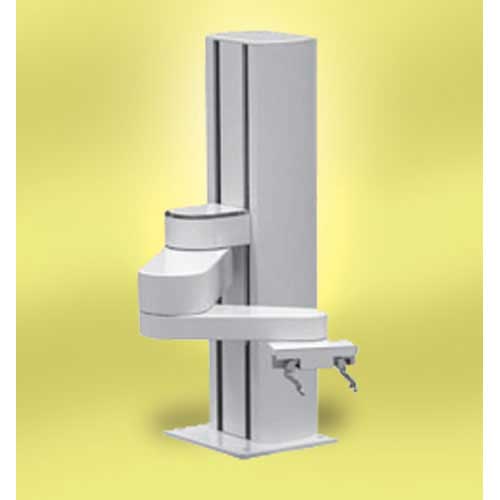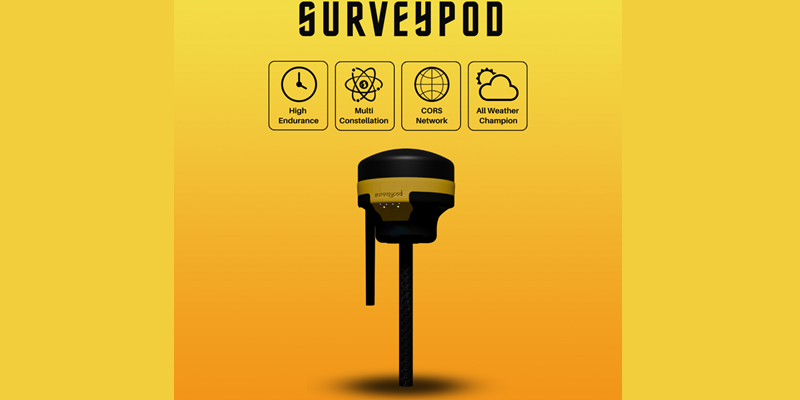Schedule a Call Back
Fastest Trains in the World
 Technical Articles
Technical Articles- Sep 02,11
Shinkansen, the world's first high speed train, was designed in 1964 and ran at speeds of up to 210 km/h. India now plans to have trains of the same speed. Chandragupta Amritkar gives an insight to the fastest trains in the world.
India has one of the largest rail networks in the world. But as of today India does not have any high-speed rail lines capable of supporting speeds of 200 km/h (124 mph) or more. All that may change as the recent news that our super fast train Rajdhani Express will run at 200 kmph (currently average speed is 90 kmph) covering the 1,384-km distance between Mumbai and Delhi in just 9 hours (as against its current time of 16 hours) has brought in renewed interest for High-Speed Rail (HSR) in India.
A delegation of top Japanese economists conducted a survey of the Mumbai-Delhi Rajdhani corridor recently, to check the feasibility of a project, called Golden Rail Corridor, aimed at enhancing the speed of trains to about 200 kmph. Even if this project comes up it will be only a semi high-speed rail. Here we list some of the fastest trains in the world.
My first experience on a high speed train was in Germany a decade back. In each compartment they have a small screen showing the speed at which the train is running and I was astonished when I saw the speed at 212 km/h as there was hardly any noise or movement. Over the years, I have travelled over 15,000 km on their InterCityExpress (ICE) trains. Deutsche Bahn AG is the German national railway company, which runs the ICE services. They run at up to 300 km/h (190 mph), the maximum design speed of German high-speed lines. The next in these series are the ICE 3 (Class 403), which is a higher-powered, lighter train than its predecessors. This is achieved by distributing its 16 traction motors underneath the whole train. The train is licenced for 330 km/h (210 mph) and has reached 368 km/h (228.66 mph) on trial runs. Loosely based on the ICE 3, Siemens developed its Siemens Velaro. At the end of 2011 the new train will enter service, designated Class 407 or new ICE 3: it will be used mainly for international services from Germany to France, Belgium and the Netherlands. The new type's safety measures are in line with the new specifications for operating passenger trains inside the Channel Tunnel, allowing the Class 407 to be used on the services that DB plans to operate from London to Amsterdam and Frankfurt in 2013.
But the fastest ground-moving vehicle in the world currently is the one, which Central Japan Railway has tested. It is the latest version of its magnetically levitated Maglev train, which is connecting Tokyo to Osaka. The train will travel the 514 km distance in only 67 minutes (Imagine reaching Mumbai-Ahmedabad in an hour as it is approximately the same distance). The train has a record speed of 581 kph. How do you define High-Speed Rail (HSR)? Specific definitions by the European Union include 200 km/h (124 mph) for upgraded track and 250 km/h (155 mph) or faster for new track. In Japan, Shinkansen lines run at speeds of up to 300 km/h (186 mph) and are built using standard gauge track with no at-grade crossings. China high-speed conventional rail lines currently holds the world's fastest commercial top speed of 350 km/h (217 mph), and the Shanghai Maglev Train holds the world's fastest Maglev commercial top speed of 431 km/h (268 mph). The world record for conventional high-speed rail is held by the V150, a specially configured and heavily modified version of Alstom's TGV which clocked 574.8 km/h (357.2 mph) on a test run. The world speed record for Maglev is held by the Japanese experimental MLX01: 581 km/h (361 mph).
The Shinkansen, also known as the bullet train, is a network of high-speed railway lines in Japan operated by four Japan Railways Group companies. Shinkansen, the world's first high speed train, was designed in 1964 and ran at speeds of up to 210 km/h (130 mph). The E5 series is currently the fastest Japanese Shinkansen high-speed train operating from Tokyo to Shin-Aomori since 5 March 2011.
The CRH380A is an electric bullet train in China. The CRH380A is designed to operate at a cruise speed of 350 km/h and a maximum of 380 km/h in commercial service. The longer 16-car train-set holds the world record for the fastest production train at 486.1 km/h.
Maglev Trains
Maglev (derived from magnetic levitation) uses magnetic levitation from a very large number of magnets for lift and propulsion. This method has the potential to be faster, quieter and smoother than wheeled mass transit systems. The highest recorded speed of a Maglev train is 581 kilometres per hour (361 mph), achieved in Japan in 2003. The Shanghai Maglev Train reaches top speeds of 431 km/h (268 mph), the fastest high-speed train in service in the world during its daily service between Longyang Road and Pudong International Airport.
(The writer is with Global Features and can be contacted at chandraguptaa@hotmail.com)
Fastest trains in the world
1. CRH380A, China - highest speed: 480kph (298mph)
2. TR-09, Germany - highest speed: 450kph (279mph)
3. Shinkansen, Japan - highest speed: 443kph (269mph)
4. TGV Reseau, France - highest speed: 380kph (236mph)
5. KTX 2, South Korea - highest speed: 352kph (219mph)
6. THSR 700T, Taiwan - highest speed: 335kph (208mph)
7. AVE Talgo-350, Spain - highest speed: 330kph (205 mph)
8. Eurostar*, UK - highest speed: 300kph (186mph)
9. ETR 500, Italy -highest speed: 300kph (186mph)
10. HSL 1, Belgium - highest speed: 300kph (186mph)
• Indians would find it convenient to travel in the Eurostar as many visit London and the train commutes between London to Paris and Brussels.
The Green Train
Siemens will build up to 300 new ICx trains to be used on the long distance routes of Deutsche Bahn. Worth several billion euros, it is the largest contract in Siemens corporate history. The ICx will form the backbone of DB's long-distance transportation system in the future. There will be two ICx variants. The first is a seven-part multiple-unit train with three driven power cars. It reaches a top speed of 230 kilometers per hour and has 499 seats. The second variant is a ten-part multiple-unit train with up to five power cars and 724 seats.
The ICx train will set new standards in energy efficiency, cost efficiency and flexibility. Thanks to its significantly improved aerodynamic form, the ICx has far less running resistance than the ICE trains currently in use. As a result of the lighter weight construction, it was also possible to reduce the weight for a 200-metre long train by some 20 metric tons. Energy consumption per passenger is up to 30 percent lower than in comparable existing trains. The first ICx trainsets are expect to enter into service in 2016.
Related Products

32 Series Jumbo Dome Pilot Lights
Werner Electric offers the 32 Series Jumbo Dome Pilot Lights, designed for high visibility and reliable performance.

CNC Polygon Turning Machine Polygon 2A
Brisk Tech Engineers offers a wide range of CNC polygon turning machine poly Read more

Scara Robot
Malles Automated & Robotic Systems Private Limited













